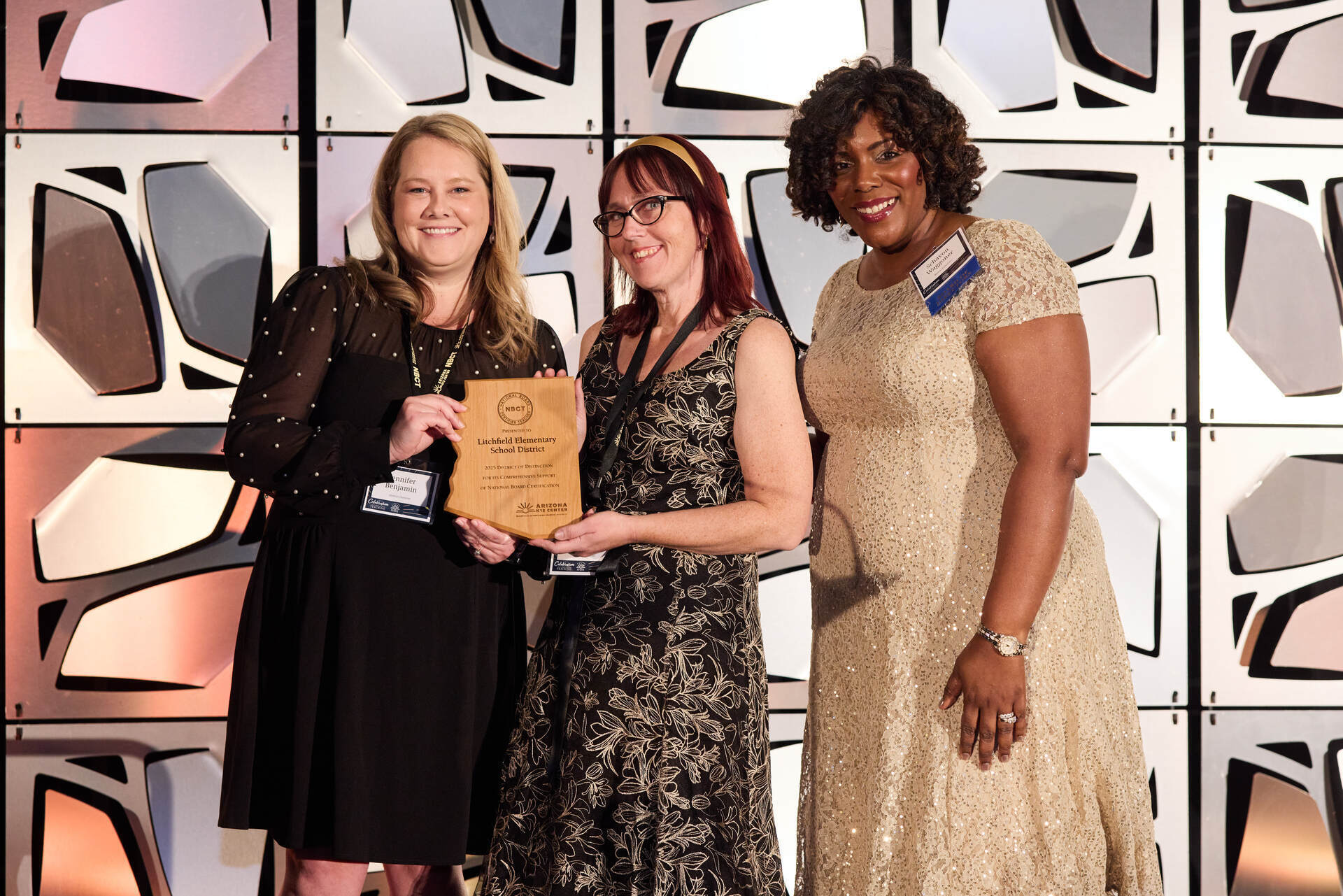July 5, 2018
Media Literacy: Implementation Across All Subjects
This is your step-by-step guide to help students access, think critically about, and create media of their own.
In a time of alternative facts, fake news, conspiracy theories, and hoaxes, how can we know what to believe when it comes from seemingly legitimate news sources? How might we best prepare our students to face this challenge? How do we teach our students to look at this information with a critical eye? How do prompt them to analyze and evaluate information from media sources?
Traditionally, “literacy” has described the ability to read and write. Regardless of what type of literacy, with more experience, learners can increase their literacy skills. So, what is media literacy? Simply, media literacy is a framework to access, analyze, evaluate, and create media across various forms (e.g. in print, games, video, digitally, etc.). Media literacy is important in every subject from ELA and humanities to STEAM and athletics.
Access media
Teaching media is much more than just entertainment. It’s about developing connections and serving as a platform to share information. Digital media can enhance and reinforce teaching, so don’t be afraid to use it. Rather, do some digging to find the most reputable sources of information to share with students. Try to incorporate current events or public affairs into the content you’re teaching. Students will benefit from the diverse cultural, social, and political perspectives of the real world. Encouraging learners to stay on top of what is current will help them develop a richer and more responsible outlook on media.
Think critically
Media literacy can help us understand how culture and society shape our lives. When we teach media literacy, our students are able to recognize bias, misinformation, and figure out what parts of the story are missing. Then, individuals can navigate the media and sift through the many messages they receive each day. Discussions about best practices when it comes to teaching learners how to be skeptical and informed news consumers is an ongoing subject. However, we can take steps to help students learn more about digital citizenship and laws around digital media.
Create media
Let’s work with students to help them become creators of media and not just consumers. They stream videos, watch YouTube clips, play videogames, and scroll through social media. With a little push, we can help students become active creators and not just passive consumers. By doing so, we are providing a platform for our students express themselves and use their voices. Regardless of age, gender, background, etc., all students can find a place or platform to show off their creativity. Encourage students to tell and share stories. Encourage them to release the inner artist. Record a song. Code a game. This is what authentic engagement can look like.
It’s important to strike a balance too. It is crucial to make time and find space to unplug. Then students can play, be bored, and interact without distraction. Excessive media use can lead to poor sleeping habits, weight and obesity issues, and difficulty focusing.











